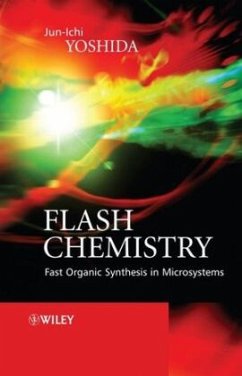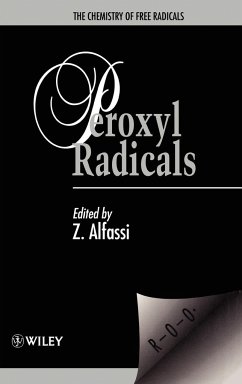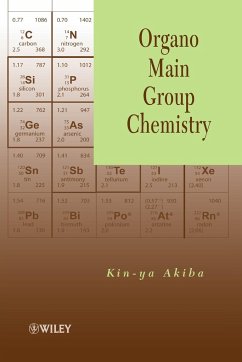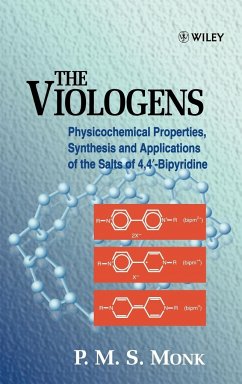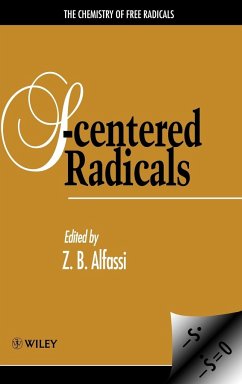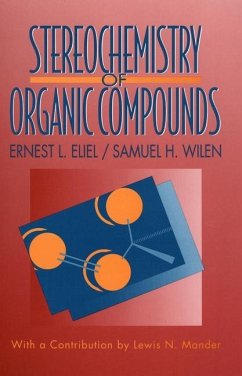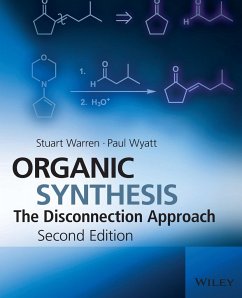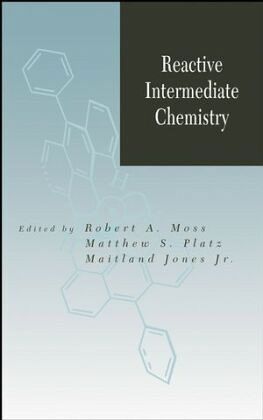
Reactive Intermediate Chemistry
Versandkostenfrei!
Versandfertig in über 4 Wochen
189,99 €
inkl. MwSt.

PAYBACK Punkte
95 °P sammeln!
Reactive Intermediate Chemistry presents a detailed and timely examination of key intermediates central to the mechanisms of numerous organic chemical transformations. Spectroscopy, kinetics, and computational studies are integrated in chapters dealing with the chemistry of carbocations, carbanions, radicals, radical ions, carbenes, nitrenes, arynes, nitrenium ions, diradicals, etc. Nanosecond, picosecond, and femtosecond kinetic realms are explored, and applications of current dynamics and electronic structure calculations are examined.
Reactive Intermediate Chemistry provides a deeper understanding of contemporary physical organic chemistry, and will assist chemists in the design of new reactions for the efficient synthesis of pharmaceuticals, fine chemicals, and agricultural products. Among its features, this authoritative volume is:
* Edited and authored by world-renowned leaders in physical organic chemistry.
* Ideal for use as a primary or supplemental graduate textbook for courses in mechanistic organic chemistry or physical chemistry.
* Enhanced by supplemental reading lists and summary overviews in each chapter.
Reactive Intermediate Chemistry provides a deeper understanding of contemporary physical organic chemistry, and will assist chemists in the design of new reactions for the efficient synthesis of pharmaceuticals, fine chemicals, and agricultural products. Among its features, this authoritative volume is:
* Edited and authored by world-renowned leaders in physical organic chemistry.
* Ideal for use as a primary or supplemental graduate textbook for courses in mechanistic organic chemistry or physical chemistry.
* Enhanced by supplemental reading lists and summary overviews in each chapter.




